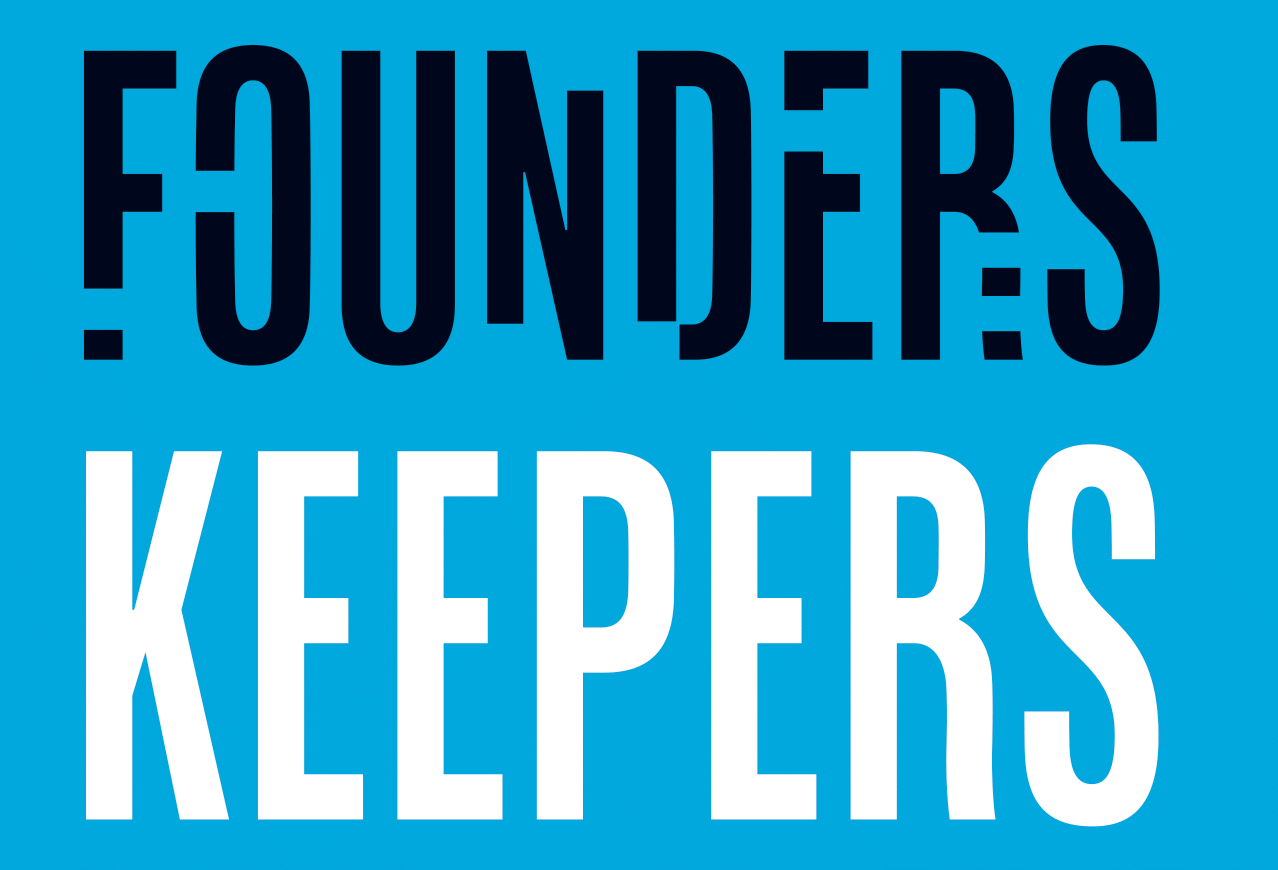John W. Pearson
John Pearson Associates, Inc.
Reviewed in the United States on June 18, 2025
Author Rich Hagberg confesses: “I’m a recovering founder. I
fit the classic profile: high on vision, medium on relationships, and abysmal at execution. In other words, I’m part of the problem.”
Fifteen years ago, Hagberg (a psychologist often referred to as Silicon Valley’s “CEO Whisperer”), began focusing his leadership coaching practice on founders, “because I found that I could personally relate to my clients. I resemble the people I am seeking to help.”
Along with co-author Tien Tzuo (the guy who invented the phrase "Subscription Economy"), they conducted deep research on founders—those who failed and those who succeeded. They concluded: “Founders are ticking time bombs.”
Analyzing Hagberg’s database (with personality tests and 360 feedback) on 122 founders, the authors landed on what they call “The Three Pillars of Leadership.” (Warning: trouble ahead!)
THE VISIONARY EVANGELIST
“A great thinker and visionary. But could not get [stuff] done to save his own life.” (anonymous 360 feedback on a founder)
THE RELATIONSHIP BUILDER
“Wanting to please everyone all the time sometimes just isn’t possible.” (anonymous 360 feedback on a founder)
THE MANAGER OF EXECUTION
“There are days when I’m glad that I work with him, not for him.” (anonymous 360 feedback on a founder)
You’ll hit paydirt on pages 25-27: “The Visionary Evangelist, the Relationship Builder, and the Manager of Execution are all essential to the success of any organization, but each brings unique strengths and corresponding weaknesses. Founders gifted in just one leg of this three-legged stool create a dangerous imbalance. The message is clear: “…to be an effective founder, you have to be good at lots of things.”
If you work for a founder, or serve on a founder’s board—you could probably fill in the blanks on founder weaknesses. The authors quote a founder’s colleague:
“The startup is an extension of his being, and so he is amped all the time,” says a colleague. “Whereas the regular employee can detach and go home and focus on their family or whatever. They get to leave it behind. That’s not the case for him. He has no off button.”
FOUNDER WEAKNESSES:
• The Visionary Evangelist: “drive-by delegation,” “tend to get distracted by shiny objects,” “quickly bored by routine.” And, “They are inspirational speakers who are frequently disasters at small talk.”
• The Relationship Builder: “They are conflict resolvers who hate conflict.” “…driven by a need to be liked by everyone, they don’t like to deliver bad news…” And this: “Their deep empathy and desire to avoid conflict can make them indecisive and overly accommodating.” In short, “they can be too nice for their own good.”
• The Manager of Execution: While this type of founder’s favorite phrase is “Vision without execution is hallucination,” they elevate micromanagement to an art form. They like to be in control. “They often suffer from ‘engineer’s disease’—because they are experts in a certain financial or technical discipline, they are therefore experts in everything.” (Yikes!)
HAGBERG’S 46 COMPETENCIES! You’ll likely skip to pages 233-239 for the results of the 360 assessments of leadership capabilities “of almost 2,000 executives from multiple industries and in multiple countries.” Most were rated by an average of 12 people, including: their direct manager, their direct reports, board members, advisors, and other employees.
The authors remind us that scaling precedes success. “These are the competencies that are required to grow a large organization, as exhibited by leaders who have successfully accomplished that monumental task.” Each of the 46 competencies include a two- to three-line definition. Examples:
• “Agent of Change—Challenges the status quo, supports fresh perspectives, tries out new approaches, and enlists support for change initiatives.”
• “Creating Buy-In—Effectively builds commitment and wins support for initiatives through personal and professional credibility, trustworthiness, persuasive communication, stakeholder involvement, and by aligning expectations.”
• “Decisiveness—Makes clear-cut decisions without unnecessary delay, even in tough situations.”
If you’re already an expert at the above three competencies, don’t become a founder yet—see the other 43 critical competencies. Ask your direct reports to rate you at: Coaching, Listening, Culture Management, Delegation and Empowerment, Finding and Attracting Talent, Emphasizing Excellence, Information Sharing, Negotiation, Social Astuteness, Strategic Focus, and 33 more! (Must read and master: all 46 competencies!)
What Makes a Founder a Founder? Chapter 2 explores three types of founders: The Good, The Bad, and The Worse!
• GOOD. “Almost all founders are strong Visionary Evangelists.” (Note: They read books and articles.) “Founders work incredibly hard. Running a startup was once memorably compared to ‘crawling across broken glass.’”
• BAD. Founders generally score lower than average on “360 ratings of sensitivity, consideration, and empathy.”
• WORSE. “Founders are terrible at giving praise and recognition. They’re equally abysmal at coaching. They tend to throw people into the deep end and expect them to figure out how to swim.”
Hagberg and Tzuo add, “When it comes to founder weaknesses, you’re not trying to get from good to great. You’re trying to get from terrible to average.”
MORE MUST-READ CHAPTERS. If you’re a founder, a founder wanna-be, or married to a founder, you will read every page of this book. With a pen. Twice.
You’ll learn the differences between successful and unsuccessful founders—and how to develop the skills required to scale. (Buy this book for your founder friends.) Must-read chapters include:
• The Myth of the Genius Jerk
• Working Through Others: From Loners to Leaders
• From Dictator to Facilitator: How to Implement Strategy
• The Bridge Between Strategy and Execution: Planning, Prioritizing, and Maintaining Focus
MORE SUCCESS INSIGHTS:
• “10 Questions: Focus, Prioritizing, and Planning” (Example: “How disciplined are you about following through on plans, ensuring that projects reach completion rather than losing momentum?”)
• The Team Assessment Quiz (15 poke-in-the-ribs statements)
• “10 Questions: Facilitating Conflict Resolution” (Example: “When there’s a disagreement, are you quick to assert your solution without truly understanding all sides?”)
Chapter 14, “Mastering the Execution Triangle: Delegation, Accountability, and Coaching,” may surprise you. The authors believe that the execution triangle works “differently for founders than professional managers. It’s a trickier balance.”
They note other insights and the answer to “founder mode” when founders hire bright people, but somehow feel they’ve given up control. Hagberg and Tzuo mention Airbnb’s founder, Brian Chesky, who had to get back “in the details and get very, very hands-on.”
What’s the point of this book? They write:
“Dear Founders,
It’s a difficult truth: to grow your startup,
you have to grow as a person.”
Really. Read this book twice—with a pen! (And thanks to the publisher for sending me a review copy.)






